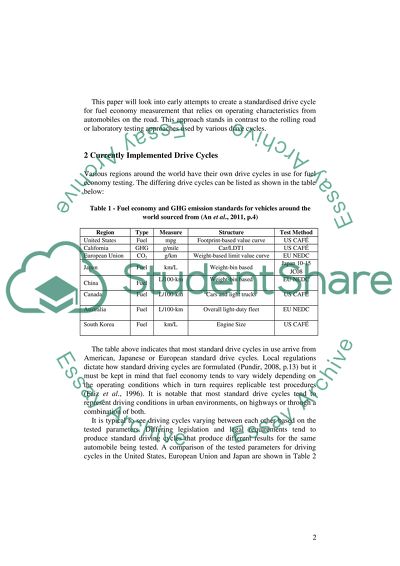Cite this document
(“Standard drive cycle recreation from general driving behaviour Essay”, n.d.)
Standard drive cycle recreation from general driving behaviour Essay. Retrieved from https://studentshare.org/engineering-and-construction/1622745-standard-drive-cycle-recreation-from-general-driving-behaviour
Standard drive cycle recreation from general driving behaviour Essay. Retrieved from https://studentshare.org/engineering-and-construction/1622745-standard-drive-cycle-recreation-from-general-driving-behaviour
(Standard Drive Cycle Recreation from General Driving Behaviour Essay)
Standard Drive Cycle Recreation from General Driving Behaviour Essay. https://studentshare.org/engineering-and-construction/1622745-standard-drive-cycle-recreation-from-general-driving-behaviour.
Standard Drive Cycle Recreation from General Driving Behaviour Essay. https://studentshare.org/engineering-and-construction/1622745-standard-drive-cycle-recreation-from-general-driving-behaviour.
“Standard Drive Cycle Recreation from General Driving Behaviour Essay”, n.d. https://studentshare.org/engineering-and-construction/1622745-standard-drive-cycle-recreation-from-general-driving-behaviour.


